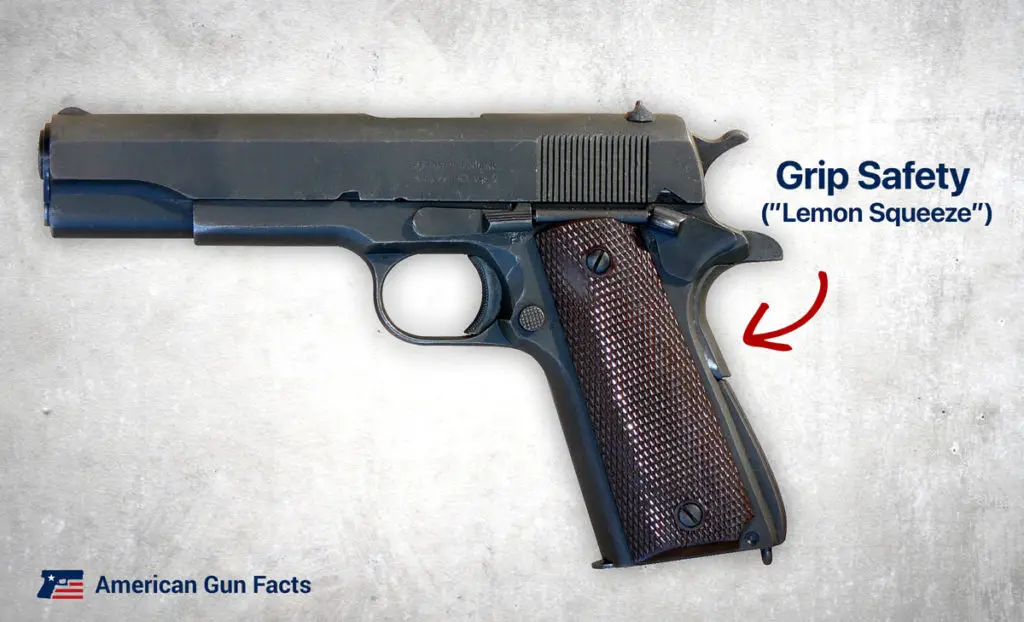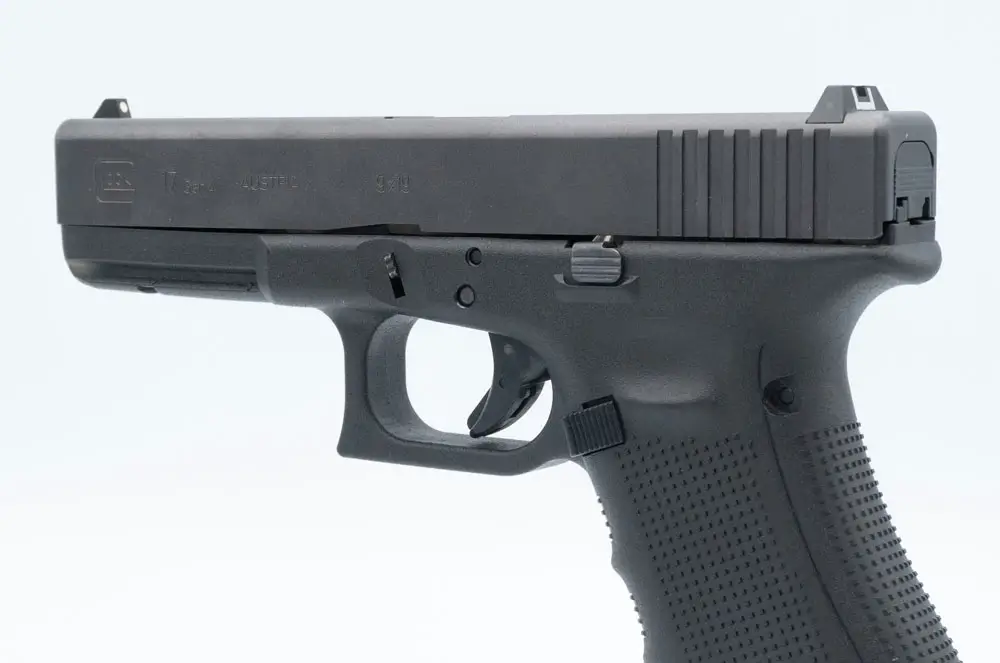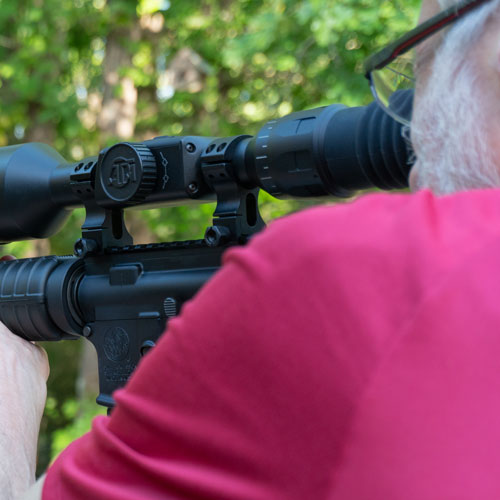Even if you’re an avid firearms enthusiast like we are, we’d imagine that you have never heard the term “lemon squeeze” to refer to a type of firearm, or to a firearm feature more specifically. In this piece, we’re going to do our best to clue you in about what, exactly a lemon squeeze firearm is, and where the term comes from.
From there, we’ll give a few examples of popular firearms that have made use of this design choicer, and offer some commentary on whether or not we think it’s a reasonable and safe design choice for use in firearms today.
So, what is a Lemon Squeezer?
The term “lemon squeezer” typically refers to the Smith and Wesson Safety Hammerless Revolver. It gets its nickname from the grip safety on the back-strap of the handle which must be squeezed (like a lemon) in order to fire the gun.

One of the major reasons you probably haven’t heard a grip safety referred to as a lemon squeeze safety is that it’s an old term. The S&W Safety Hammerless came out in 1873 and was discontinued in 1940 at the start of World War II.
The design itself, then, is one that was part of the early era of modern firearms and predates the period in which even semi-automatic pistols were commercially viable. These first designs also predate the advent of smokeless powder, which we’ll get back to in a little bit.
In effect, a lemon squeeze is the same thing as a grip safety.
Lemon Squeeze History
The Smith and Wesson Safety Hammerless (or “Lemon Squeezer”) is a small, top-break revolver and was sold from 1887 to 1940 in both .32 and .38 Smith and Wesson calibers. The design requires the shooter to squeeze the grip of the revolver to activate the heavy double-action revolver. Though it was never a massively popular design, they were marketed mostly as concealed carry handguns that could be reloaded quickly and were later sold as the Model 40 or 42 in the mid-20th-century in .38 Special.

The most famous design to come with a similar lemon squeeze safety design is the Colt M1911. The legend is that John Browning developed the 1911 simply with the thumb safety, but the US Army Cavalry was concerned about the potential of firing when the gun was dropped, and thus wanted a second safety in the grip. This feature is one that gets mixed reviews: it’s technically period correct for most issued versions of the 1911, but a lot of new models today come without it, and those shooting 1911s in competitions often have the grip safety disabled by a gunsmith.

More recently, HK developed and produced their P7 in the 1970s. This modern, polymer-framed pistol looks a lot like every other gun on the market today, except for the grip safety mounted on the front side of the grip rather than the rear. This grip both cocks the pistol and acts as a safety, so it has to be held tightly to make the pistol function. It’s unusual, and most report it to be an uncomfortable pistol to shoot because of it.
There are other examples of lemon squeeze pistols as well but it is a relatively uncommon design choice since it seems to hurt the ergonomics of the pistols a fair bit.
Are Lemon Squeeze Firearms Safe?
Firearms with any kind of grip safety are some of the safest in terms of the sheer number of steps it takes to make the firearm discharge.
There is one important exception here. If you happen to have one of those old Smith and Wesson revolvers we mentioned earlier, shooting it with modern ammunition is likely deeply unsafe, as the black powder that would have been used a century ago generated much lower pressures than contemporary smokeless powder.
Comparison to Other Kinds of Safeties
These days, grip safeties are not terribly common. What you’re likely to find today are one of two kinds: internal safeties and thumb safeties.
Internal safeties, such as those found on Glocks, are typically very safe. You could, but should not, drop a Glock down a flight of stairs with a round in the chamber and it will not go off. Firearms design, especially triggers, strikers, and safeties have come a long way since the 1870s. Internal safeties are likely just as, if not more, drop safe than a lemon squeeze type of grip safety, though, yes, it might be easier to have a negligent discharge with an internal safety.

It’s a similar story with a modern thumb safety. Those found on the 1911, for example, make the gun both drop safe and quick to bring to firing order if the need arises. Most people who carry designs with thumb safeties trust that safety to the extent that they will sometimes have the included grip safeties included. With that said, it is technically possible on some old 1911 models to make them fire by striking the hammer of the gun with extreme and pointed force, in which case the thumb safety and the grip safety would be defeated.
Conclusion
A Lemon Squeeze safety is, basically, an old synonym for a grip safety and refers specifically to the Smith & Wesson Safety Hammerless revolver. While these do make a firearm exceptionally hard to discharge on accident, they can also make the ergonomics of a handgun much more awkward.
It’s a design that dates back to the late 19th century, though it does come up from time to time even today. With that said, other kinds of safeties do the job just as well, making a lemon squeezer something of a sour tasting gun design in our view.

George has been an avid shooter for twenty years. He began shooting when he was gifted a Browning SA-22 for target practice. Now, as an academic, he combines his love of firearms and knowledge of history to write for firearms blogs and is still a frequent sight at the local range.
